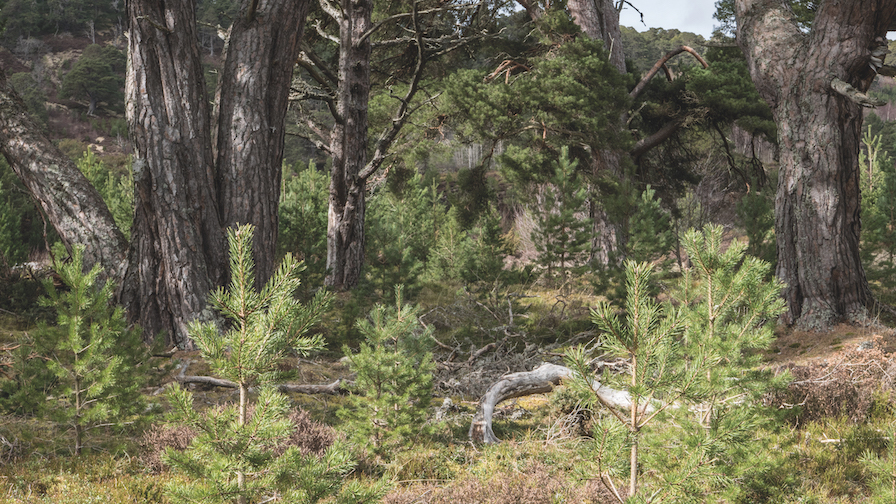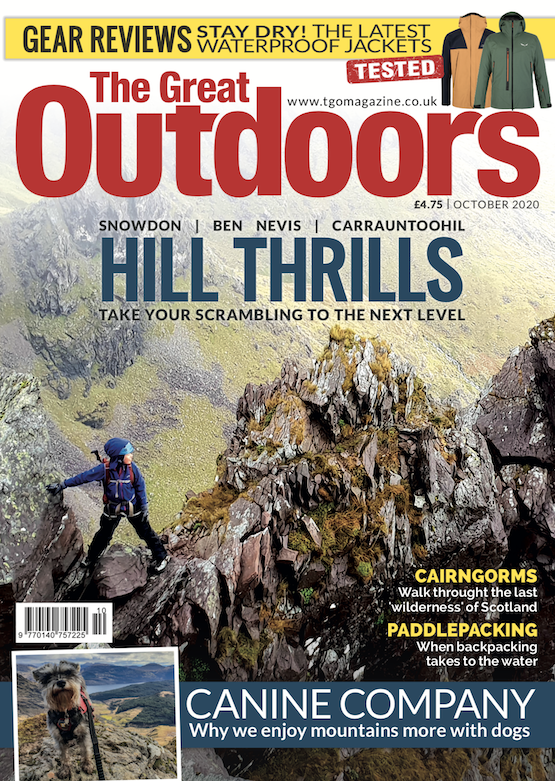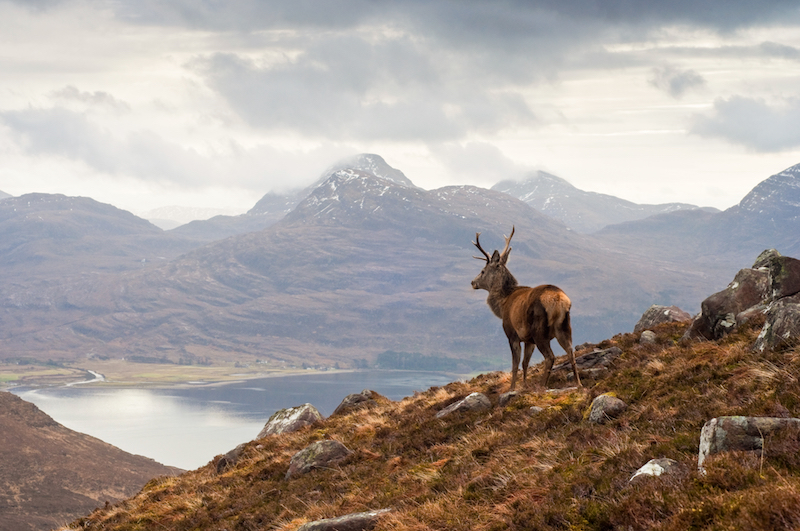For conservationists, reducing deer numbers is necessary to restore landscapes in the Scottish Highlands – but it’s proving controversial. David Lintern takes a closer look.
‘The Cull’ is a new film about red deer in Scotland, and it’s beautifully shot, thought provoking and provocative. It has just picked up an award at Banff Film Festival and it’s well worth catching if you can.
Its release is timely, as the Scottish Government are due to respond to the findings of an independent review of deer management shortly. The Deer Working Group addressed issues raised since the dawn of sports shooting estates in the early-mid 1800’s, that have grown more urgent as society grapples with a climate and nature emergency.
A numbers game
One key problem is that deer eat baby trees, and they are very good at it. It’s not all the deer’s fault, but Scotland has only 4% of its original native woodland cover left. And trees, as everyone knows, are great at soaking up carbon. If the Scottish Government wants to do something about the climate emergency, it needs to do something about deer numbers. Exact counts are hotly disputed, but the science tells us we need a reduction between 5 and 12 times current levels for woodland to regenerate (depending on which species of deer we count and where we count them). If you’ve visited Mar Lodge or Glen Feshie in recent years, you will have seen the effects of such a reduction for yourself in the resurgent Caledonian pine forest, but these are small islands in an overgrazed ocean.
Lots of deer also means lots of hooves trampling lots of peat, and peat is even better at carbon storage than trees are. Peat covers 20% of Scotland and holds 140 years of its emissions, but it’s reckoned that 80% of it is damaged.
Currently, red deer numbers are managed on a voluntary basis, often by shooting interests whose estates are valued on the number of deer on the property. The same interests often argue to increase fencing not culling, which in turn plays to animal welfare concerns and divides public opinion. They fail to mention that big herds and fenced woodlands mean huge winter mortality numbers due to starvation and a lack of shelter.
So, the emphasis from conservationists now is on statutory control, lower numbers of herbivores and a regeneration of the landscape, in order that nature can play a full role in meeting the climate crisis. It will mean better habitat for the remaining deer, too – they are a woodland species, after all.

Old trees and resurgent new growth in Glen Feshie, where deer numbers have been reduced. Photo: David Lintern
Facts and fears
And this, for me, is where the film gets interesting. As well as hearing from the ‘rewilders’, we meet ghillies, lairds and scientists who use the modern language of nativism and identity politics to exploit the fears of regular working people who also feature. There is much earnest talk of indigenous communities being squeezed by rich outsiders. A deep connection with the land is expressed through stalking as an exclusive right of harvest. There are worries that rewilding constitutes a 21st century Clearance. The present-day incumbents of a system that threw working people off their own land 200 years ago seem to have few qualms about using those fears for their own ends. As the film progresses, this ‘debate’ feels increasingly tribal.
Some of these concerns may be genuine but they have no basis in fact – no one is arguing for all land to be given over to trees or peat, or for people to be removed. To my mind, change could increase employment and reduce gentrification. There’s room for all; tree planters, fencers, project managers, land scientists, graziers, stalkers, visitors and plenty more besides.
Conservation likes to stick to the science and that is laudable. The science is increasingly stark; we need to bring red deer numbers down, look after the land for the greater good and face the huge disruptions of climate change together. But science may only take us so far. ‘The Cull’ illustrates that the cultural trauma of the Clearances is still keenly felt in the Highlands and is being used to distort the facts and turn people away from rational reflection. I think we’ll need to address those fears directly, calmly and kindly if we want to make progress, because in today’s strange makeover politics, yesterday’s landed elites are becoming tomorrow’s eco-populists.
 Subscribe to The Great Outdoors
Subscribe to The Great Outdoors
The Great Outdoors is the UK’s original hiking magazine. We have been inspiring people to explore wild places for more than 40 years.
Through compelling writing, beautifully illustrated stories and eye-catching content, we seek to convey the joy of adventure, the thrill of mountainous and wild environments, and the wonder of the natural world.
Want to read more from us?
- Get three issues of the magazine for £9.99, saving 30% with free UK home delivery.
- Take out a full subscription at just £15 for your first six issues.
- Order the latest issue and get it delivered straight to your door for no extra cost.
- Catch up on content you may have missed by buying individual back issues with free postage and packaging.







